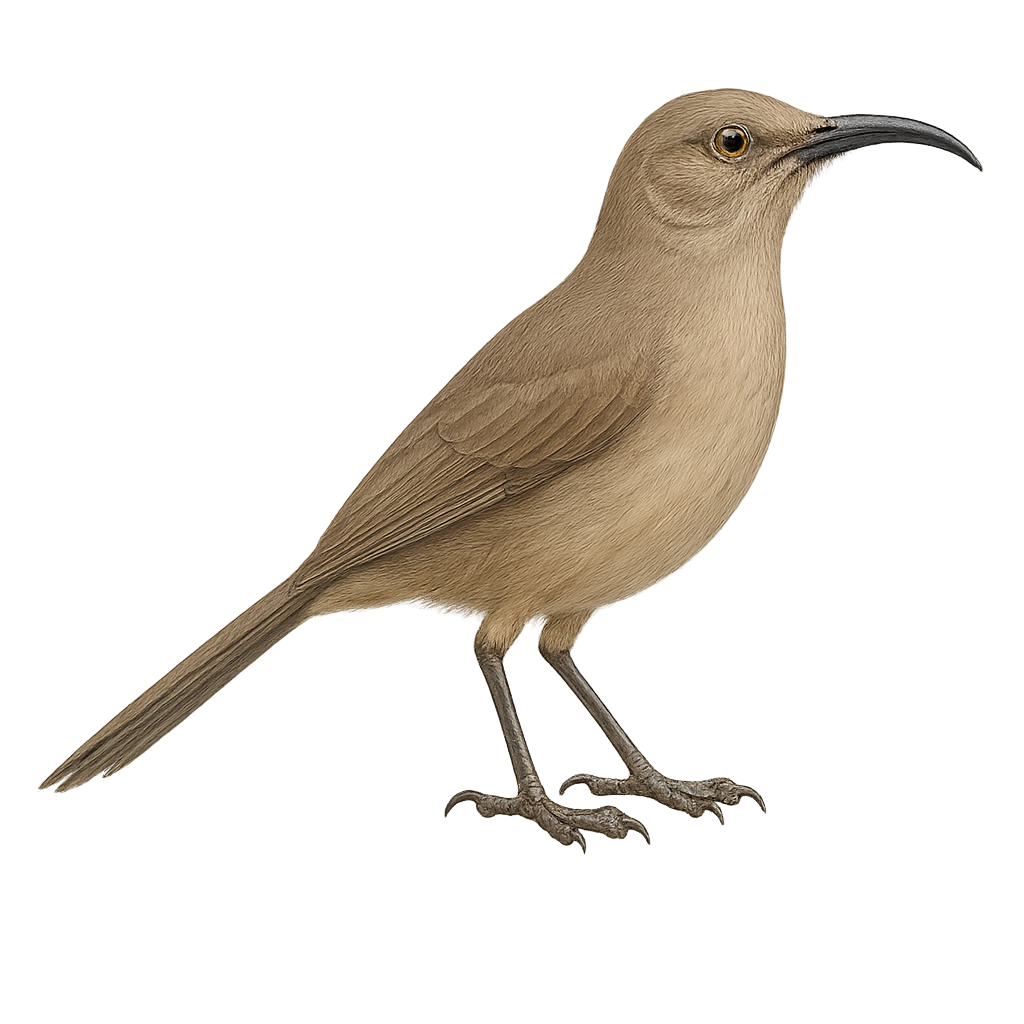Your wildlife photography guide.
Explore the leconte's thrasher in detail, study its behavior, prepare your shots.
Where to observe and photograph the leconte's thrasher in the wild
Learn where and when to spot the leconte's thrasher in the wild, how to identify the species based on distinctive features, and what natural environments it inhabits. The WildlifePhotographer app offers tailored photography tips that reflect the leconte's thrasher’s behavior, helping you capture better wildlife images. Explore the full species profile for key information including description, habitat, active periods, and approach techniques.
LeConte's Thrasher
Scientific name: Toxostoma lecontei

IUCN Status: Least Concern
Family: MIMIDAE
Group: Birds
Sensitivity to human approach: Suspicious
Minimum approach distance: 10 m
Courtship display: March to June
Incubation: 13-15 jours
Hatchings: April to July
Habitat:
Deserts, arid scrublands, sandy plains
Activity period :
Primarily active during the day, with peak activity in the morning and late afternoon.
Identification and description:
The LeConte's Thrasher is a discreet and little-known bird, endemic to the arid regions of the southwestern United States and northwestern Mexico. It is distinguished by its gray-brown plumage, long curved bill, and elongated tail. Adapted to desert environments, it primarily feeds on insects and small invertebrates that it finds in the sandy soil. Its melodious and varied song is often heard at dawn. The LeConte's Thrasher is monogamous and builds its nest in thorny bushes to protect itself from predators. Although its habitat is threatened by human expansion, it is still relatively common in some remote areas.
Recommended lens:
400mm – adjust based on distance, desired framing (portrait or habitat), and approach conditions.
Photography tips:
To photograph the LeConte's Thrasher, it is advisable to use a telephoto lens of at least 400mm to capture detailed images without disturbing the bird. Look for it early in the morning or late in the afternoon when the light is soft and the bird is more active. Be patient and discreet, as this bird is suspicious and can quickly hide. Use a tripod to stabilize your camera and get sharp images. Try to capture its natural behavior, such as foraging or singing, for more lively and interesting photos.
The WildlifePhotographer App is coming soon!
Be the first to explore the best nature spots, track rutting seasons, log your observations, and observe more wildlife.
Already 1 431 wildlife lovers subscribed worldwide

